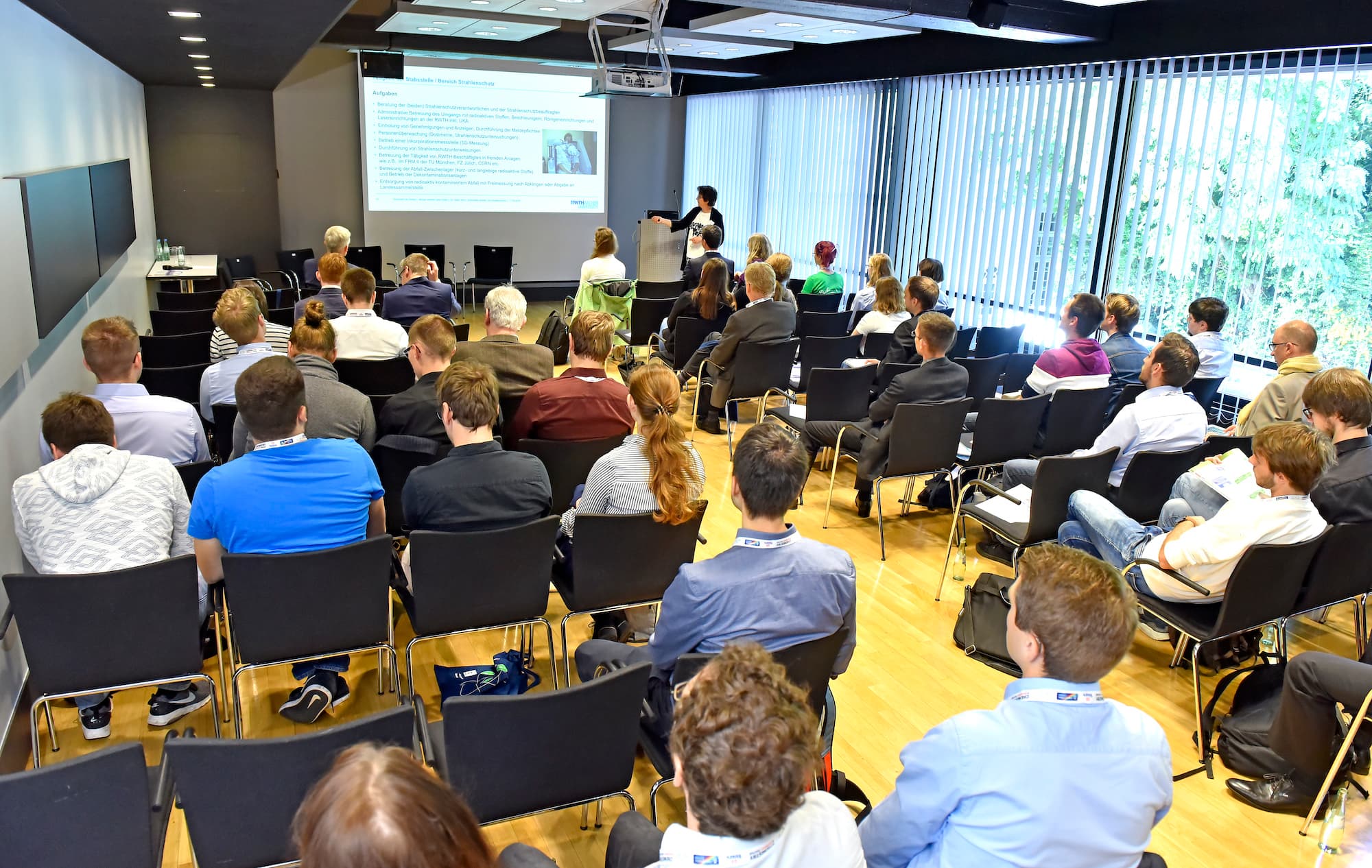Vortrag (Präsenzveranstaltung)
Supramolecular nanomaterials for triggering biological functions
Prof. Dr. Luisa De Cola
Department of Pharmaceutical Sciences, Università degli Studi di Milano Statale

Vortrag (Präsenzveranstaltung)
Department of Pharmaceutical Sciences, Università degli Studi di Milano Statale
Dienstag, 3. Dezember 2024
16:15 – 17:15Dienstag, 3. Dezember 2024
16:15 – 17:15